Traditional Festivities in the Spanish-Speaking World (I)
cquiring a new language is, in addition, acquiring a new culture. And in the case of the Spanish language, due to its nature as a pluricentric language, it means learning many new cultures. Part of culture, of course, includes traditions. In this series of articles, we will explore some traditional festivals from Spanish-speaking countries. We will examine when and how they are celebrated, their historical origins, and more. As you will see, while some traditional festivals are exclusive to certain countries, in general, these festivals are repeated in several nations. This is because the arrival of Spanish to Latin America served as a cultural vehicle, but many countries also preserve pre-Columbian traditions and have African-rooted customs.
Día de Muertos.
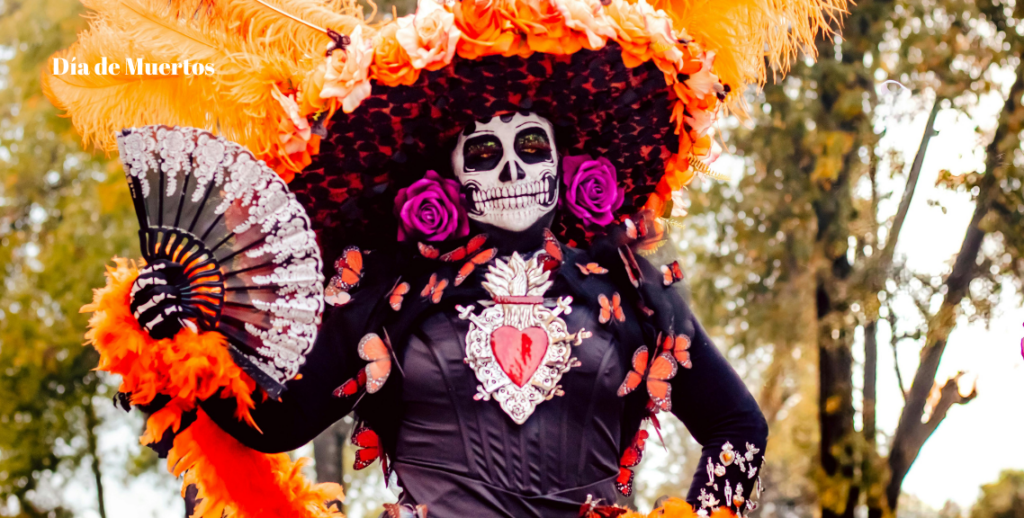
Although it is celebrated in other countries, this festivity is widely known for its celebration in Mexico, where it takes place on November 1st and 2nd. Día de Muertos is a festival that honors the deceased. Although it may seem similar to Halloween and some people confuse the two, its focus is entirely different: it is a celebration filled with color, joy, and respect for departed loved ones. Traditionally, altars with offerings are set up, including marigold flowers, candles, photos of the deceased, and their favorite food and drinks. Additionally, there are traditional recipes associated with this holiday, such as pan de muerto, a type of sweet bun, sugar skulls, and many more. The celebration also includes visits to cemeteries to honor the graves and spend time with loved ones resting there. The historical origins of Día de Muertos have sparked academic debate: some argue that it originates from rituals of pre-Columbian civilizations, while others claim its roots lie in Catholic rituals from medieval Europe. This festivity was declared an Intangible Cultural Heritage of Humanity by UNESCO in 2008.
La tomatina.
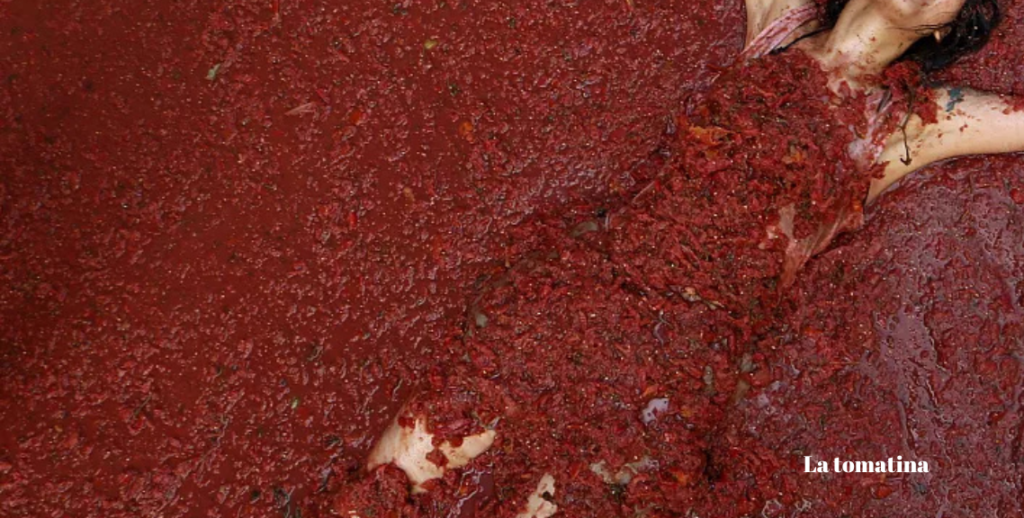
It is celebrated on the last Wednesday of August in Buñol, Valencia, Spain. La Tomatina is a one-of-a-kind festival where thousands of people gather to throw tomatoes at each other. Although its exact origins are unclear, it is believed to have started in 1945 during a street fight in which tomatoes were used as weapons. Participants gather in the town square, and after a signal, the “tomato war” begins. Once the battle is over, the streets are cleaned with hoses, and participants wash off in the river or public fountains. Fun fact: Over 100 tons of tomatoes are used each year, and the tomatoes must be crushed before being thrown to prevent injuries. The tomatoes come from a town in Valencia where they are grown specifically for the festival, as their taste is not suitable for consumption.
Carnaval: many countries.
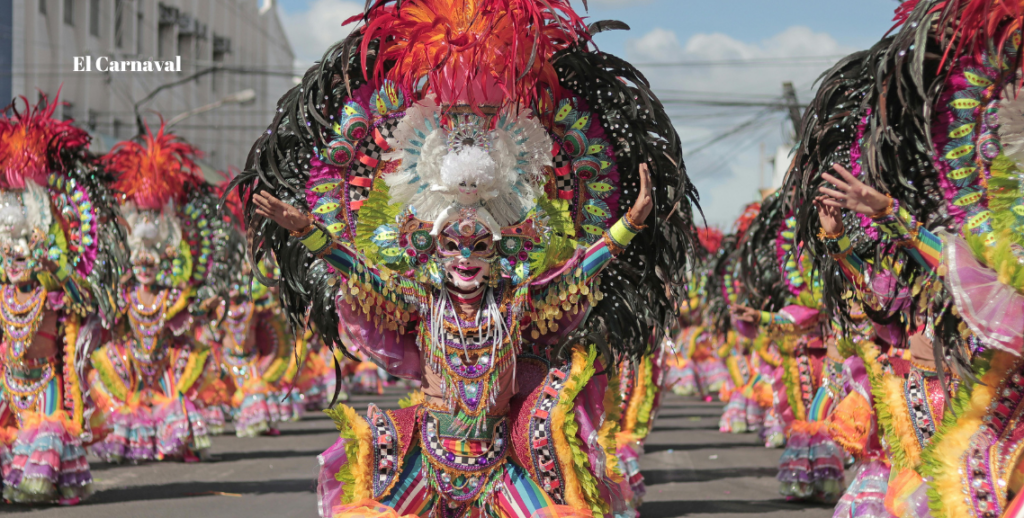
Although it is not an exclusive festivity of Spanish-speaking countries – since it is also celebrated in countries like Brazil, Italy, and Germany – it is observed in most Spanish-speaking nations. Carnival is celebrated in February or March, depending on the liturgical calendar, as its date is linked to the beginning of Lent. It is a festivity filled with music, costumes, and parades, marking the start of the Lenten season. For example, the Carnaval de Cádiz in Spain, known for its chirigotas – groups that perform satirical and humorous songs – has been recognized as a Festival of International Tourist Interest since 1980. The Carnaval de Barranquilla in Colombia is one of the largest in the world, second only to the Rio de Janeiro Carnival in Brazil, attracting around five million participants, including locals and visitors. With parades of comparsas, cumbia music, and traditional costumes, it was declared a Masterpiece of the Oral and Intangible Heritage of Humanity in 2003. The Carnaval de Oruro in Bolivia, declared a UNESCO World Heritage event, blends indigenous and Catholic traditions. Meanwhile, the Carnaval of Uruguay is considered the longest in the world, lasting approximately 40 days with its parades and troupe competitions. These are just a few examples, as many more Spanish-speaking countries celebrate this vibrant festival.
Feria de Abril.
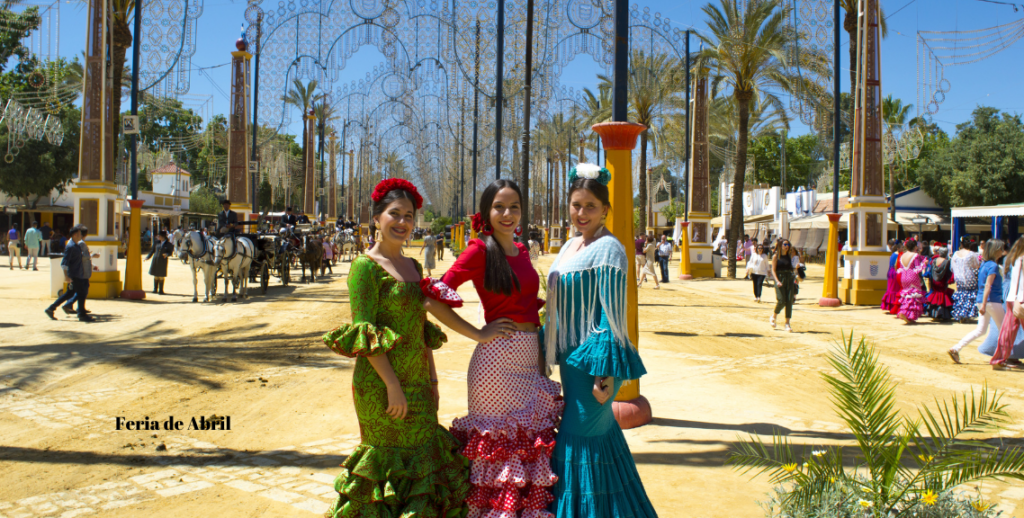
It is celebrated in Seville, Andalusia, Spain, one or two weeks after Holy Week. La Feria de Abril is one of the most important festivals in Andalusia. Declared a Festival of International Tourist Interest, it attracts around 500,000 visitors per day over its six-day duration. Originally established as an agricultural and livestock fair in the 19th century, it has evolved into a celebration filled with music, dance, and tradition. Women wear flamenco dresses, while men dress in traditional attire. Decorated tents (casetas) are set up, where people dance sevillanas, eat, and drink. The fair also features an amusement park area, known as “la calle del Infierno” (Hell Street).
Inti Raymi.
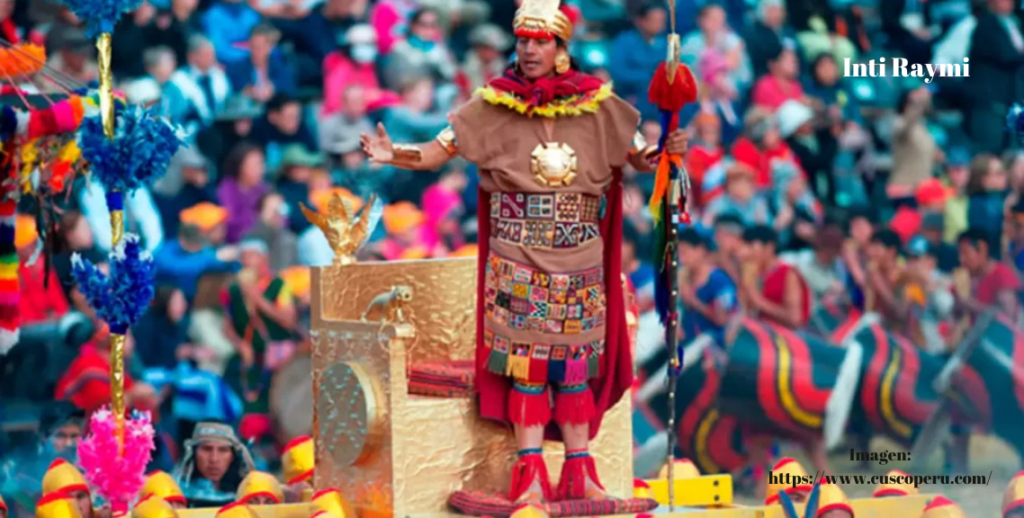
It is a festival of Incan origin that, although celebrated in various Andean locations, is best known today for its celebration in Cusco, Peru. Inti Raymi, or the “Festival of the Sun,” is an Incan celebration that marks the winter solstice and pays homage to the sun god, Inti. It was banned during the Spanish colonization but was revived in the 20th century. A theatrical reenactment takes place at the fortress of Sacsayhuamán, with actors dressed as Incas. The celebration includes ritual ceremonies, dances, and offerings to the sun. It is one of the largest and most spectacular festivals in Latin America, attracting thousands of tourists each year. Inti Raymi is also one of the best-documented pre-Hispanic celebrations.
Las Fallas.
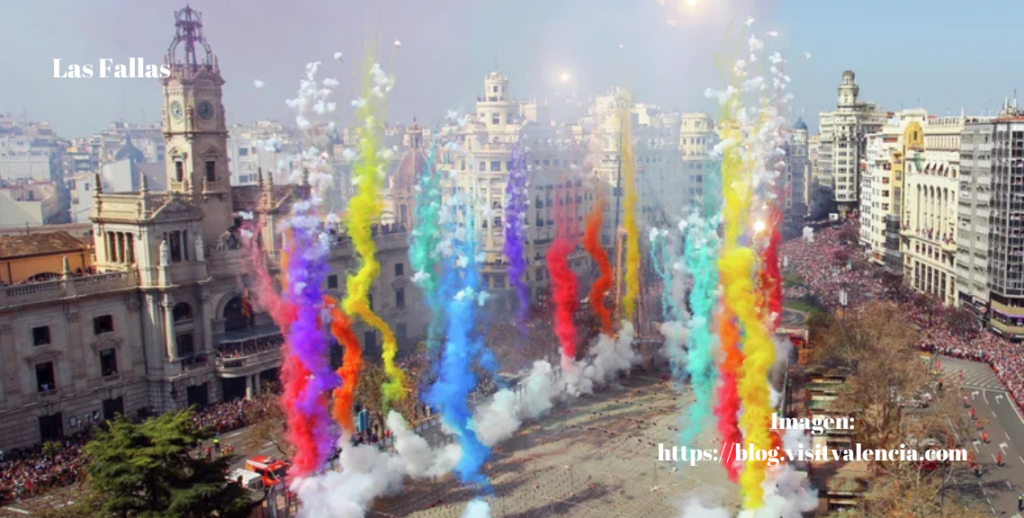
They are celebrated from March 14th to 19th in the city of Valencia, Spain. Recognized as a Festival of International Tourist Interest, Las Fallas is also part of UNESCO’s Representative List of the Intangible Cultural Heritage of Humanity. This festival blends art, fire, and tradition. There are multiple theories about its origins: some suggest it began as a celebration by carpenters, who burned their old furniture in honor of Saint Joseph, while others link it to various pagan traditions. Traditions: Enormous cardboard and wooden sculptures (fallas) are built and then burned on the night of March 19th. The festival includes parades, fireworks, and floral offerings to the Virgen de los Desamparados. Some fallas can reach up to 30 meters in height and are considered ephemeral works of art, as all are ultimately set ablaze at the festival’s conclusion.
Fiesta de la Vendimia.
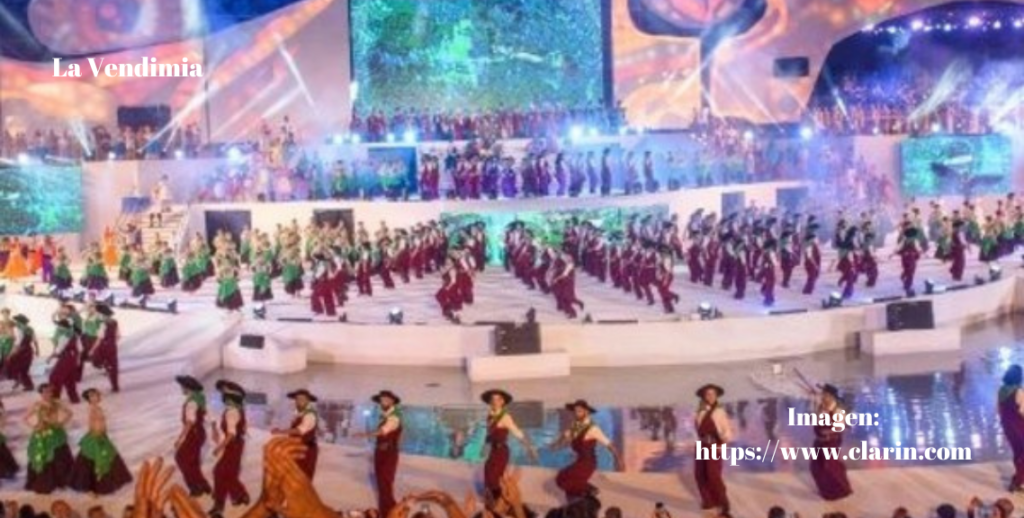
It is celebrated in Mendoza, Argentina, every March to commemorate the grape harvest and wine production. The first edition took place in 1936, and since then, it has become one of the largest festivals in the world. The celebration begins with the “Bendición de los Frutos”, a religious ceremony giving thanks for the harvest. The festival also includes a parade of carriages, the election of the Reina de la Vendimia (Harvest Queen), and various performances. It is worth noting that Mendoza is one of the world’s most important wine-producing regions, making this festival a major attraction for tourists from around the globe.
Which one would you like to visit? In future articles, we will explore more traditional festivities from the Spanish-speaking world.




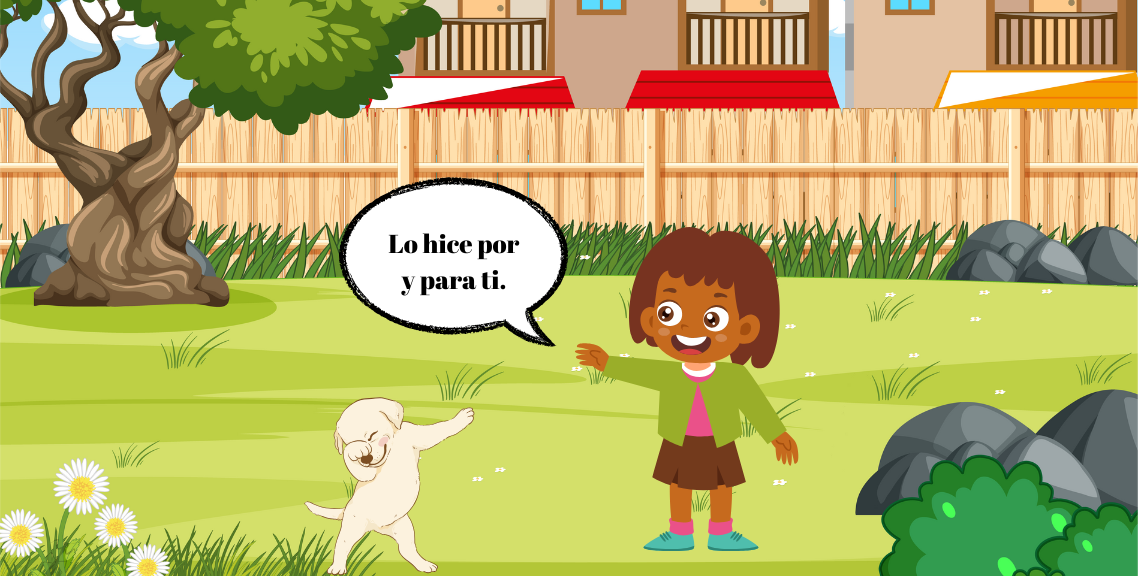

Leave a Reply